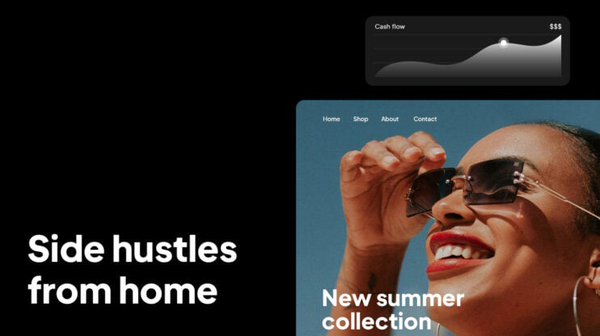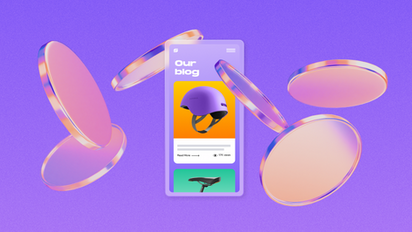Website Design Fan of Photos Click to View
Website Design Fan of Photos Click to View FAQ
Website Design Fan of Photos Click to View
In today’s world, there is a growing trend towards ethical consumerism, with more and more people looking for products that are cruelty-free and environmentally friendly. This trend has also extended to the world of e-commerce, with many online shoppers now seeking out websites that are certified as being “beast-free.” This term refers to websites that do not sell products that have been tested on animals or that contain animal-derived ingredients.

Website Design Fan of Photos Click to View Solutions
Website Design Fan of Photos Click to View
When creating a website layout template, there are several key factors to consider. These include the overall structure of the site, the placement of elements such as navigation menus and content sections, and the use of white space to create a clean and uncluttered design. In this article, we will discuss these factors in more detail and provide tips for designing an effective website layout template.
The first step in designing a website layout template is to consider the overall structure of the site. This includes determining the number of pages the site will have, as well as how those pages will be organized. For example, will the site have a homepage with links to other pages, or will it have a single-page design with all content on one long scrollable page? This decision will impact the layout of the site and how users navigate through it.
Once the overall structure of the site has been determined, the next step is to think about the placement of elements within the layout. Navigation menus, for example, are a key component of any website layout template. They should be easy to find and use, with clear labels that indicate the different sections of the site. Placing the navigation menu at the top of the page or along the side is a common practice, but it can also be placed in other locations, such as at the bottom of the page or as a dropdown menu. Experiment with different placements to see what works best for your site.
In addition to navigation menus, content sections are another important element to consider when designing a website layout template. These sections should be clearly defined and easy to read, with headings and subheadings to break up the text. Images and multimedia elements can also be used to enhance the visual appeal of the site and engage users. When placing content sections on the page, be sure to leave plenty of white space around them to create a clean and uncluttered design.
Speaking of white space, this is another key factor to consider when designing a website layout template. White space, also known as negative space, refers to the empty space between elements on the page. It helps to create a sense of balance and harmony in the design, allowing elements to stand out and making the layout easier to read and navigate. Be generous with white space in your website layout template, especially around important elements such as headings, images, and buttons.
When designing a website layout template, it is also important to consider the responsive nature of the design. With more and more users accessing websites on mobile devices, it is essential to create a layout that looks good and functions well on screens of all sizes. This means using a responsive design approach, where the layout adapts to different screen sizes and resolutions. Test your website layout template on various devices to ensure that it looks and works as intended.
What is a website builder?
A website builder is a tool that allows users to create and customize their own websites without needing to know how to code. These platforms typically offer a variety of templates and drag-and-drop tools that make it easy for even those with limited technical skills to create a website that fits their needs.
Inexpensive website builders offer affordable options for those looking to create a website on a budget. While some of these platforms may have limitations in terms of customization and functionality compared to more expensive options, they still provide a cost-effective way to get your website up and running quickly.
Features of inexpensive website builders
While the features offered by inexpensive website builders may vary, there are some common features that you can expect to find across many platforms:
1. Templates: Most website builders offer a selection of pre-designed templates that you can customize to create a unique look for your website. These templates are typically responsive, meaning they will look good on any device, from desktop computers to smartphones.
2. Drag-and-drop tools: One of the key features of website builders is their drag-and-drop functionality, which allows you to easily add and rearrange elements on your website without needing to know how to code.
3. E-commerce capabilities: Many website builders offer built-in e-commerce tools that make it easy to set up an online store and start selling products or services.
4. SEO tools: Some website builders include basic SEO tools that help you optimize your website for search engines, making it easier for potential customers to find you online.
5. Custom domain and hosting: Many website builders offer the option to purchase a custom domain and hosting directly through their platform, making it easy to get your website up and running quickly.
6. Customer support: Most website builders offer customer support to help you troubleshoot any issues or answer any questions you may have while building your website.
Best inexpensive website builders
There are many inexpensive website builders available, each offering different features and pricing options. Here are some of the best options for creating a professional website on a budget:
1. Wix: Wix is a popular website builder that offers a range of pricing plans, including a free option with basic features and paid plans starting at just $14 per month. Wix’s drag-and-drop tools and customizable templates make it easy to create a professional-looking website without any coding knowledge.
2. Weebly: Weebly is another user-friendly website builder that offers a free plan with basic features and paid plans starting at $6 per month. Weebly’s e-commerce tools and responsive templates make it a great option for small businesses looking to sell products online.
3. Squarespace: Squarespace is a visually stunning website builder that offers plans starting at $12 per month. With its modern templates and powerful customization options, Squarespace is a great option for creatives and small businesses looking to make a statement online.
4. WordPress.com: WordPress.com is a popular website builder that offers a free plan with limited features and paid plans starting at $4 per month. While WordPress.com is not as customizable as self-hosted WordPress.org, it still offers plenty of flexibility and functionality for those looking to create a professional website on a budget.

A Beginner’s Guide to Website Design Fan of Photos Click to View
Website Design Fan of Photos Click to View
In conclusion, web design trends play a crucial role in creating a modern, visually appealing, and user-friendly website. By staying current with the latest trends and incorporating them thoughtfully into their design, businesses can attract and retain customers, stand out from competitors, and establish a strong online presence. Whether it’s embracing dark mode, experimenting with neumorphism, or integrating voice user interfaces, businesses can leverage these trends to create innovative and engaging websites that drive success in 2021 and beyond.


